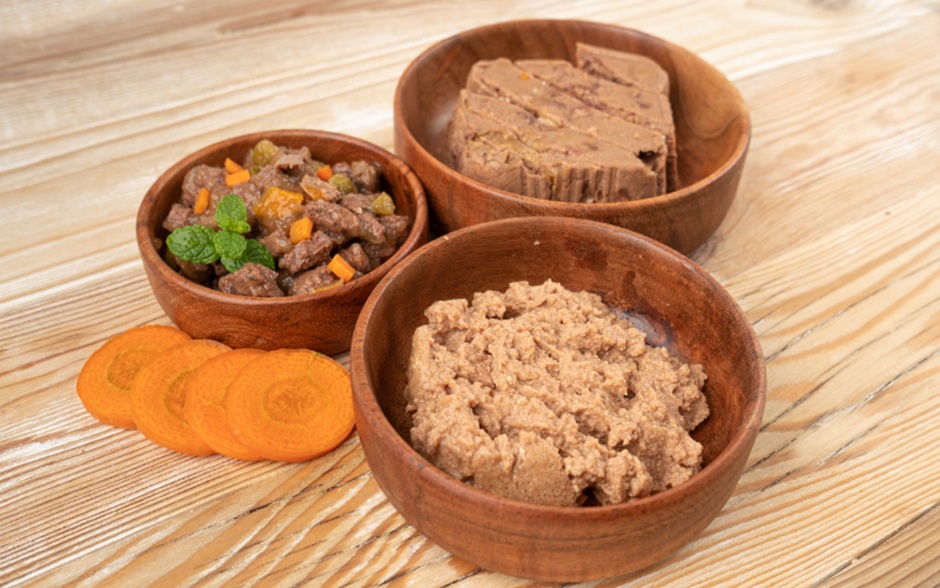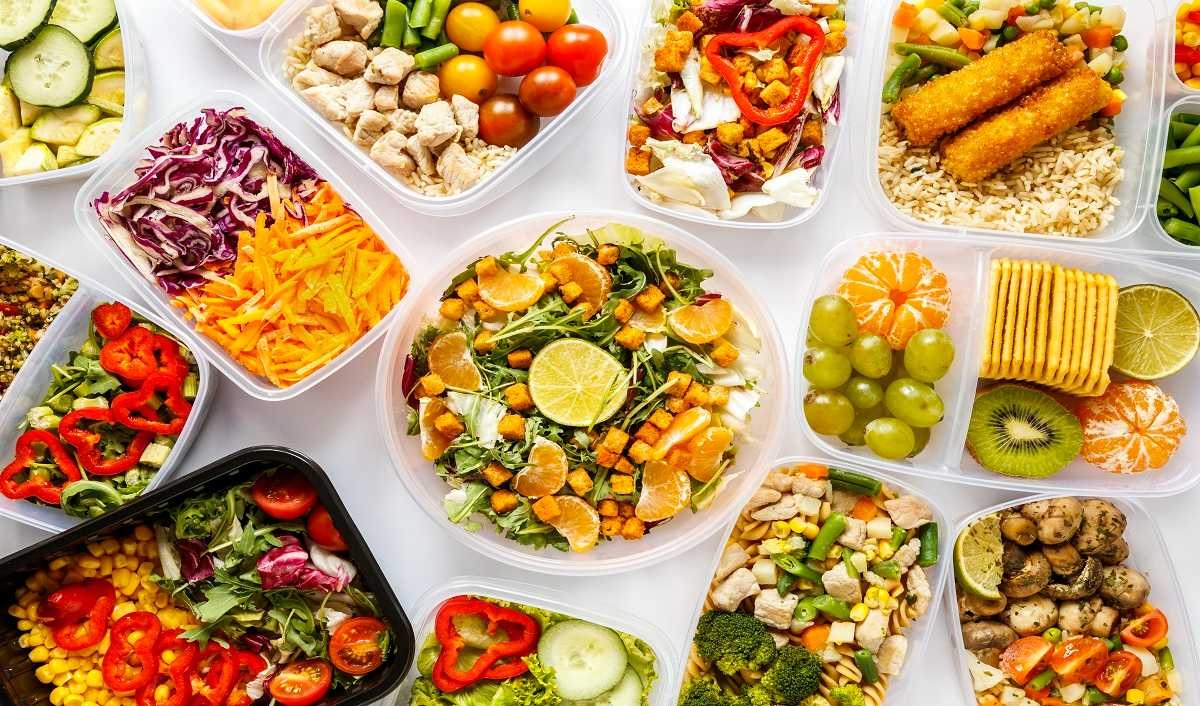Food safety remains one of the most vital areas of concern for professionals in the culinary and hospitality industries. Whether preparing meals in a commercial kitchen or handling packaged products for retail, safe practices protect consumers and uphold a business’s reputation. Despite widespread awareness, several persistent myths continue to misguide food handlers and decision-makers. These misconceptions can create serious health risks and regulatory challenges.
Enrolling in a food hygiene course or completing a food safety course level 1 can help address these gaps. Here are three of the most misleading myths in food safety—debunked.
Myth 1: Food That Smells Fine Is Safe to Eat
A prevailing assumption in home and commercial kitchens is that if food looks and smells normal, it’s safe. This belief poses a serious danger. Many harmful pathogens—including Salmonella, Listeria, and E. coli—do not produce noticeable changes in a food’s appearance, taste, or odour. Relying solely on sensory cues is unreliable and can lead to unintentional consumption of contaminated food.
Proper temperature control, hygienic storage, and expiration tracking are far more effective indicators of food safety. This is especially critical for perishable items like poultry, dairy, and seafood. A basic food safety course level 1 teaches clear protocols for time and temperature controls, microbial risk management, and contamination prevention. Such training equips handlers to rely on objective safety standards, not misleading sensory judgments.
Myth 2: Reheating Kills All Harmful Bacteria
Reheating food to a steaming hot temperature may destroy some pathogens, but it doesn’t eliminate all risks. Certain bacteria produce heat-resistant toxins that remain dangerous even after cooking. Improper cooling and reheating, particularly in large-batch cooking, can also allow bacteria to multiply during the cooling phase—well before the food is reheated.
Additionally, uneven heating in microwaves or warming trays may leave parts of the food at unsafe temperatures. This allows pathogens to survive and spread. Understanding the danger zone between 5°C and 60°C—where bacterial growth is most rapid—is essential.
Courses focused on food hygiene outline specific temperature ranges for cooling, reheating, and holding foods safely. These practices are reinforced with detailed instructions on equipment calibration and recordkeeping, which help prevent unsafe shortcuts in food handling routines.
Myth 3: Gloves Replace the Need for Handwashing
Another widely believed myth is that wearing gloves eliminates the need for handwashing. This misunderstanding creates a false sense of security. Gloves can easily become contaminated through contact with raw food, surfaces, or packaging. Without regular changing and correct usage, gloves may simply spread bacteria from one surface to another.
Proper glove use must always be paired with frequent handwashing, especially when switching between tasks. This is a key requirement under Singapore’s regulatory food safety guidelines. A food hygiene course reinforces when to wash hands, how to do so correctly, and why it’s necessary even if gloves are worn.
In food establishments where efficiency is prized, workers may skip steps to save time. Training mitigates this by making food safety practices part of the workflow rather than an optional procedure. Frequent handwashing remains one of the most effective tools in preventing cross-contamination, whether gloves are used or not.
Conclusion
Food safety is rooted in science, not assumptions. Misconceptions—however widespread—can result in improper handling, foodborne illnesses, and regulatory penalties. Dispelling these myths requires practical knowledge, and that’s where structured learning plays a vital role. Whether new to the industry or updating your qualifications, taking a food hygiene course or a food safety course level 1 offers clarity, confidence, and compliance in daily operations.
Stay informed and reduce risk—contact Avanta Academy to enrol in your next food hygiene course today.












